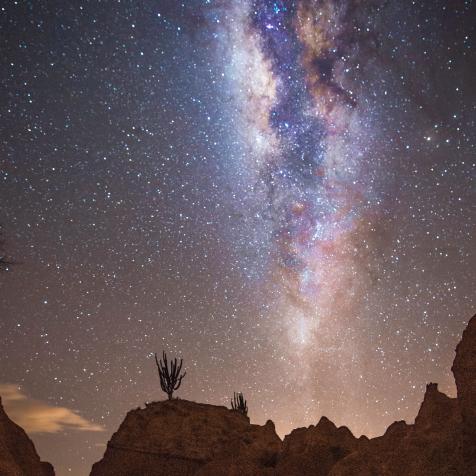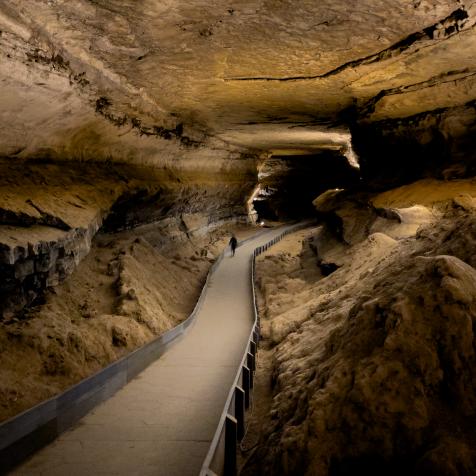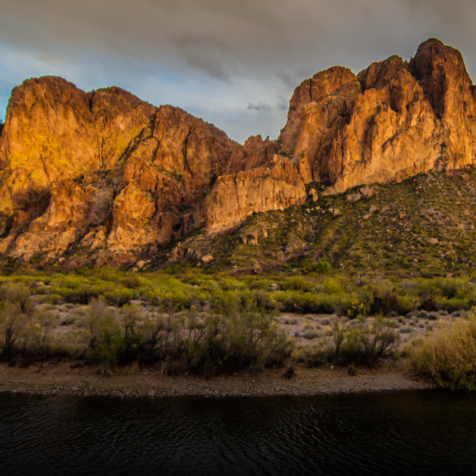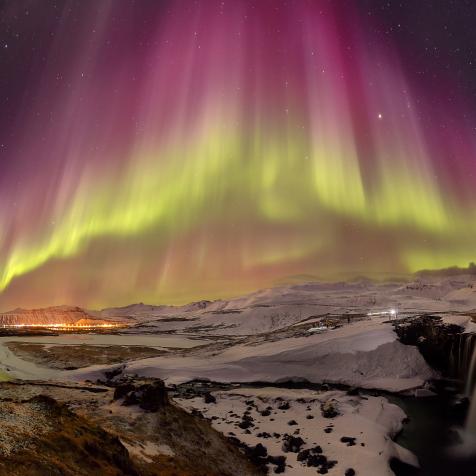
Getty Images
Tuesday Is No Longer the Best Day to Book a Flight
Algorithms determine the best day to fly—not the day of the week.
It used to be the worst-kept secret in the airline industry: You'll get the best deal if you book your flight on Tuesday. Well, times change, and what was once a great rule of thumb is no longer true. You won't get the best deal on Tuesday. Which day is the best? Well, that all depends. But one thing's for sure: the day you buy is definitely not the biggest factor in how much you pay.

Getty Images
The AIs Have It
The best day to book your flight varies depending on who you ask. A 2017 study by CheapAir.com found that on average, no day of the week is better than any other to book a flight — the prices vary by less than 1 percent. 2017 data from aviation insights company Hopper, on the other hand, confirmed that Tuesday at exactly midnight is actually the best time to buy domestic plane tickets, even if that only saves you an average of $18, although Thursday is best for international flights. And in December 2017, Expedia and the Airlines Reporting Corporation (ARC) collaborated on a global air travel analysis that found that for most destinations, Sunday is the best day to book.
Why so confusing? What happened to all the good deals landing on Tuesday? To put it simply, computers happened. While humans are predictable, algorithms can react to the market in real-time. "In the past, there used to be more human intervention where managers could create flash sales, often on Tuesdays and Wednesdays," Patrick Surry, the chief data scientist at Hopper, told Bloomberg. "These decisions are largely automated now."
The good news is that there are other decisions you can make that have a much bigger impact on your wallet.
The Early Bird Gets the Sale
One huge factor in how much your ticket costs is how far ahead of time you book. CheapAir found that a single flight's lowest fare changes an average of 71 times, going up and down by an average of $33 about every four and a half days. That study also found that the best time to book a flight is between three weeks and three and a half months in advance of travel, since fares tend to be within 5 percent of their lowest. Book a little further in advance for spring and summer travel, when demand is high. The Expedia/ARC study found something similar: for most routes, the lowest prices are found 30 days or more ahead of the departure date, and rise sharply after that. All of the studies found that there's no benefit to waiting until the last minute; by and large, you'll end up paying hundreds more than you need to.
The other big factor is when you actually travel. According to the CheapAir study, the cheapest days to fly are Tuesday and Wednesday, when you'll save an average of $73 per ticket. Sunday is the most expensive. The Expedia/ARC study found that the cheapest day to travel domestically depends on the airport, but internationally, Thursday and Friday are best.
The results are clear: If you're looking to save money on air travel, it's best to plan ahead and be flexible in your travel dates (PTO be damned!). Prices may be set by algorithms these days, but we humans still have some tricks up our sleeves.
This article first appeared on Curiosity.com.


















